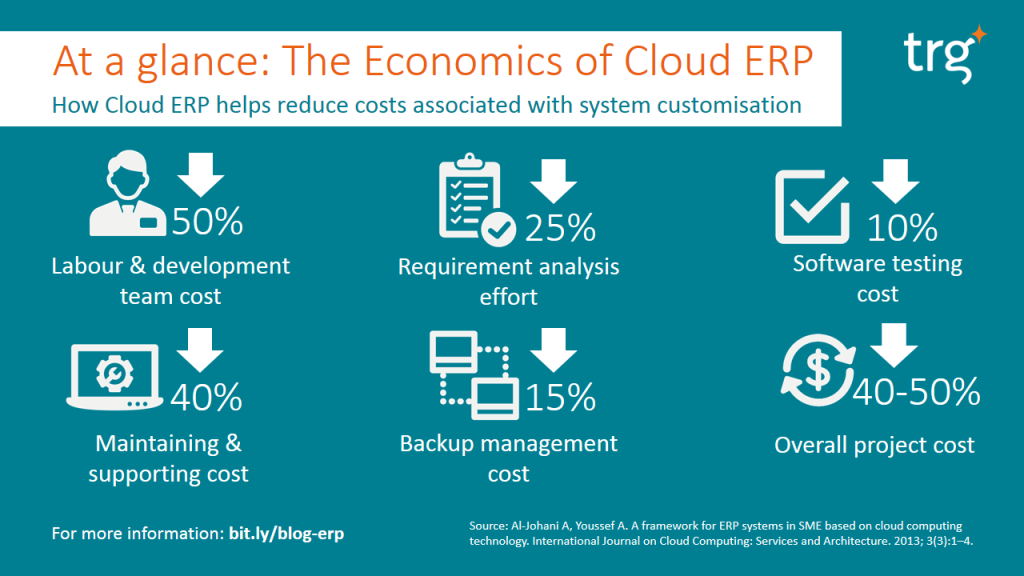Last Updated on December 1, 2022

High-performance and efficient remote tech support is vital in today’s fast-moving world. The constantly growing complexity in all areas of technology and the limitations with staff knowledge can be tricky. Every single business venture must be well managed with the right support agents. We must have the availability of expert knowledge and mature service processes no matter where we are. Each business must tackle this problem head-on.
Remote tech support agents are people who do numerous tasks. They may collect data, intelligently handle core files, send notifications of down storage controllers, and more. They will troubleshoot your issues, manage the systems well and ensure things are smooth running. In addition to this, they will be the first port of call.
A remote tech support agent is good because they are not part of your integral team and outsourcing is often the best way to go for businesses. You must also consider the importance of your business and the way you would like to modify it going forward.
However, it may seem as if your support is becoming stagnant. Often, the modern world can feel consuming and workers may feel that they have been left behind. Perhaps you feel as if you are lagging, or your systems are not as sharp as they should be. This means you may need to try and boost productivity to ensure that you can get the most out of your team.
What is remote technical support?
Remote technical support means you do not have to physically use someone at work to look after your computer, software, and system. With your permission, they can access your computer over the internet to troubleshoot technical problems you are having.
With remote access support, you can access the skills of an entire team of IT professionals and this saves time and money. This provides you with an easy way to quickly resolve any basic technical issue. Technical staff will be able to search for problems and apply support solutions when needed 100% remotely which means that no matter the time or place, an issue can be solved.
There is added protection in this; as your systems can be accessed away from the office. Things are in a safe space and often within the cloud. Therefore certain procedures are done without you even knowing. There may be room for updates and upgrades and all of these will be completed by remote tech support.

4 challenges that businesses often face
The most common issue that businesses face is poor communication when they are dealing with remote staff members. However, many other problems can arise. In the digital era, we have access to video chats and mobile phones that can link us directly to our teams. Whilst this offers a direct line of communication, it is not the only method that aids better productivity. There may be some discrepancies if we do not face the problems head-on. Here are some of the main challenges:
1. Poor communication: Some communication problems are more recurrent than others and are found in a majority of companies. These same difficulties are all reasons to establish action plans to improve communication. If remote tech support agents are not well linked, then connection problems can occur, the software may be slow and outdated. These issues can result in tech support agents being unable to finish promptly and communicate better. It may result in a lack of support on both ends which is costly.
2. Lack of clarity: A lack of transparency of information results in altered information in the end and therefore a bad message disseminated. This may mean that your tech agents are misunderstood or the tasks at hand are not dealt with properly. They may be poorly prioritized and therefore their roles and responsibilities may become skewed and it could result in workers falling short of their goals. Clarity and clear instruction will keep workers from needing to continue reaching out to their bosses.
3. Unsecure software and management: We know that cybercrime is on the rise and therefore any insecurities with the systems can result in issues. If your tech support agents are not aware of these issues, then it could quickly arise and create an unpleasant climate. If these systems are not secure and they do not have safety aspects, then workers may feel concerned about losing their job or having to take the blame. This can lead to companies not hitting their goals and being open to cybercrimes.

4. Motivation: Some workers suffer from a lack of motivation in the workplace. There is a distinct lack of face-to-face time, which can prove to be challenging for some. The foundations of a decision are all actions that will help to motivate employees. When they are working remotely, your employees may not identify with the needs of the company as easily. They may also breed feelings of uncertainty and therefore employees will not feel so ‘personally involved’ and therefore less motivated to work to their highest potential. This has been an issue for many years with all types of remote workers.
7 ways to help overcome these challenges
You can easily boost your tech support agents’ productivity. For every problem raised, there is a solution and with excellent internal communication, this will allow a team to feel connected, without any external influences. Remote IT support orchestrates a semblance of order and capability and must be adhered to. Here are 7 ways that businesses can overcome these issues and help boost productivity for your remote tech support agents.
1. A good connection and impeccable desktops/devices
The installation of a superb internet or intranet has many advantages. It can also facilitate several internal processes in a company and when combined with new equipment and up-to-date devices and desktops, the speed at which they work is heightened and the connectivity is spectacular. This means information can be sent in record timing and promotes healthier teleworking. They should be able to access what they need, when they need it, and therefore investing in stellar devices and software will ensure you are on the best possible tracks for your team.
2. Better support for the team
Generally speaking, round-the-clock support means that any issues that flag up can be dealt with promptly. Better support will allow your staff to feel needed and valued. Considering Remote Support for Business software is a vital step. This offers remote IT agents a way to connect to the user’s device and provide IT assistance. This way you can have superb troubleshooting, remote control which allows screen sharing to assist with any issues. Thirdly, it is secure, so workers can feel valued and without stress day to day. During the pandemic, untimely and new issues have arisen without the necessary remedies. We are constantly learning.

3. Active listening
A team that feels unheard will not be motivated. Whether these issues arise from customer service queries to not being able to take time off for family issues, there is a sense of community that must be followed. This active listening, as we refer to, is when the HR team is offering their team the best possible help. This allows them to gain control in their personal lives and feel as if they are being heard. Therefore, the development and organization relating to any company projects can be elevated.
Consider opinions and give personalized feedback. This will give your team members a chance to grow and learn further. Offer help where needed, establish a climate of trust and facilitate the best exchanges between team members. A strong team is a company’s biggest ally.
4. Embrace the cloud and ERP
ERP stands for Enterprise Resource Planning and it is part of a valuable business model. In addition to this, utilizing the cloud alongside brings out the best in staff. They offer your employees a high degree of flexibility and different access options. This means that your employees can access cloud services from anywhere and from any device. This information is easy to access and each worker can deliver what is expected of them via the ERP. A fast-paced environment with an exceptional business plan for all employees will be productive. Motivation is key, and this is achieved by workers being informed, and given the best resources to work with.

5. Safety with a VPN
A VPN is a private network that operates on publicly accessible infrastructure. This is where your business computers are connected over a public network—usually, the internet. For example, you can access your private or local network while on the move. It is called virtual because it is not a separate physical connection. A VPN can increase speed which means that website loading and software can run at a much quicker pace. You can block websites that stop websites from being used. It may be that you decide to block social media sites for distraction, for example. Website filters and geo-restrictions can be bypassed by connecting to the internet via the VPN service also.
6. Work/life balance
The three pillars are often described by Daniel Pink. These are three essential statements that allow your remote tech support agents the best workforce and ethos to stand by:
- Autonomy is the ability to be in control of the tasks we do.
- Mastery is the ability to get better at something that matters to you.
- The sense of work gives employees a reason to get up in the morning and go to work.
Ensuring this for productivity purposes stems from the fact that many employers do not support their staff. As previously mentioned in our second point, flexibility for workers, as well as encouraging autonomy and mastery in their craft. Encourage your employees to work independently, but develop their skills. This may be offering them additional training. Can they use the new software appropriately? Are they familiar with the dangers of cybercrime? How can they help you to achieve company goals?
7. Give employees the tools to succeed
Many new employees will need exceptional support. The onboarding process of any company is difficult; so if you are in the stages of onboarding a new tech support agent, you need to offer tools. Productivity is vital from day one. Any time wasted can cost money. The technology and tools you choose to support your employees are vital. Investment in the right tools will prove to be the very best. Some of the most common tools that businesses choose to use are:
- Parallels RAS
- Remote Support for Business
- Amazon WorkSpaces
- GoToMyPC
- VNC Connect
- LogMeIn
- TeamViewer
- AirDroid Business MDM
- Dameware Remote Everywhere
Using video software and programs, such as Zoom has been a major benefit for employees. Zoom allows people to connect easily and effectively. Video connection gives the feeling of being back in the office without the physical need.
Other tools that companies use as productivity or project management programs may include something such as Asana. This is a place where employees can see the deadlines and schedules for the business, including relevant projects. Additionally, they can tick off tasks that have been completed and keep on top of their work. When tasks are managed easily and effectively, your team will be more able to propel their productivity.

Conclusion
Overall, remote working can pose some difficulties. However, when productivity wanes, there are ways to give workers a boost. Technology and tools are the largest sectors. Secondly, careful consideration and support are a must, and thirdly, flexibility and awareness complement the efforts. Undoubtedly, issues may still arise; yet a solid plan implemented by HR can allow for a seamless transition and ensure that companies are not losing money.
IT helpdesk centers are also an important step to boost productivity. It is known employees are working in dispersed personal environments. So, equipping workers with safe private Wi-Fi routers, remote support for business, and visual interactions. This can help bridge the distance by allowing technicians to physically see what is happening and guide the user through troubleshooting. An effective plan can help you to strip back the foundations of remote working and allow each member to feel valued and motivated.
Leave a Reply